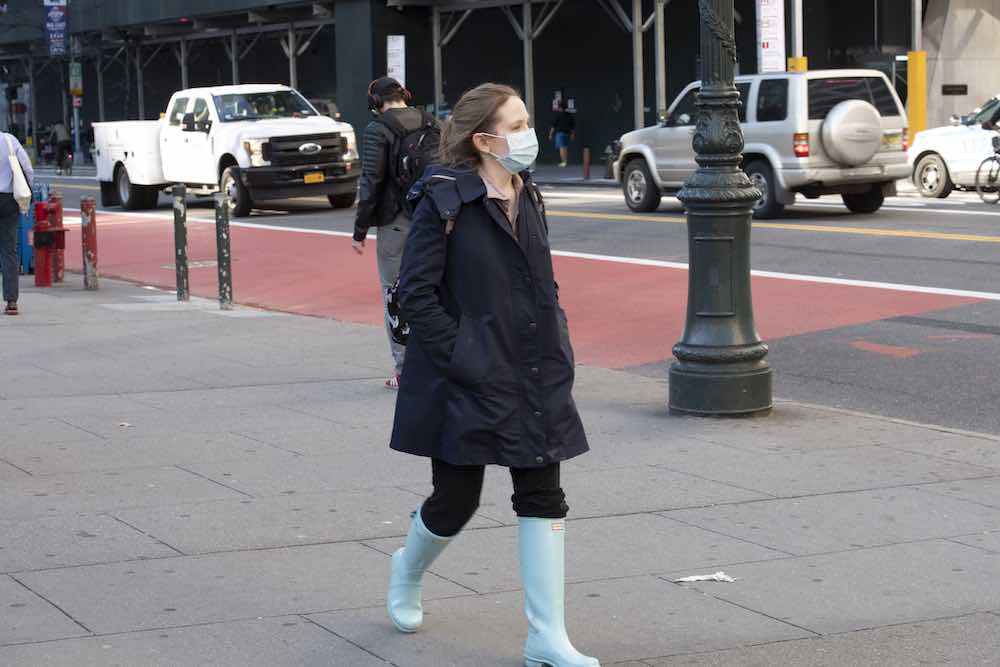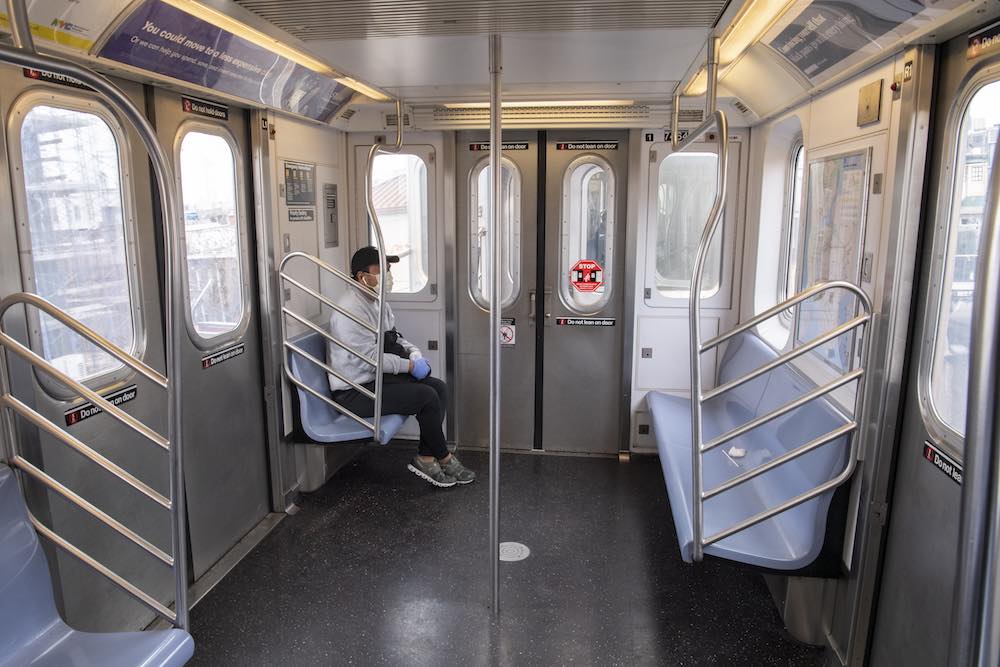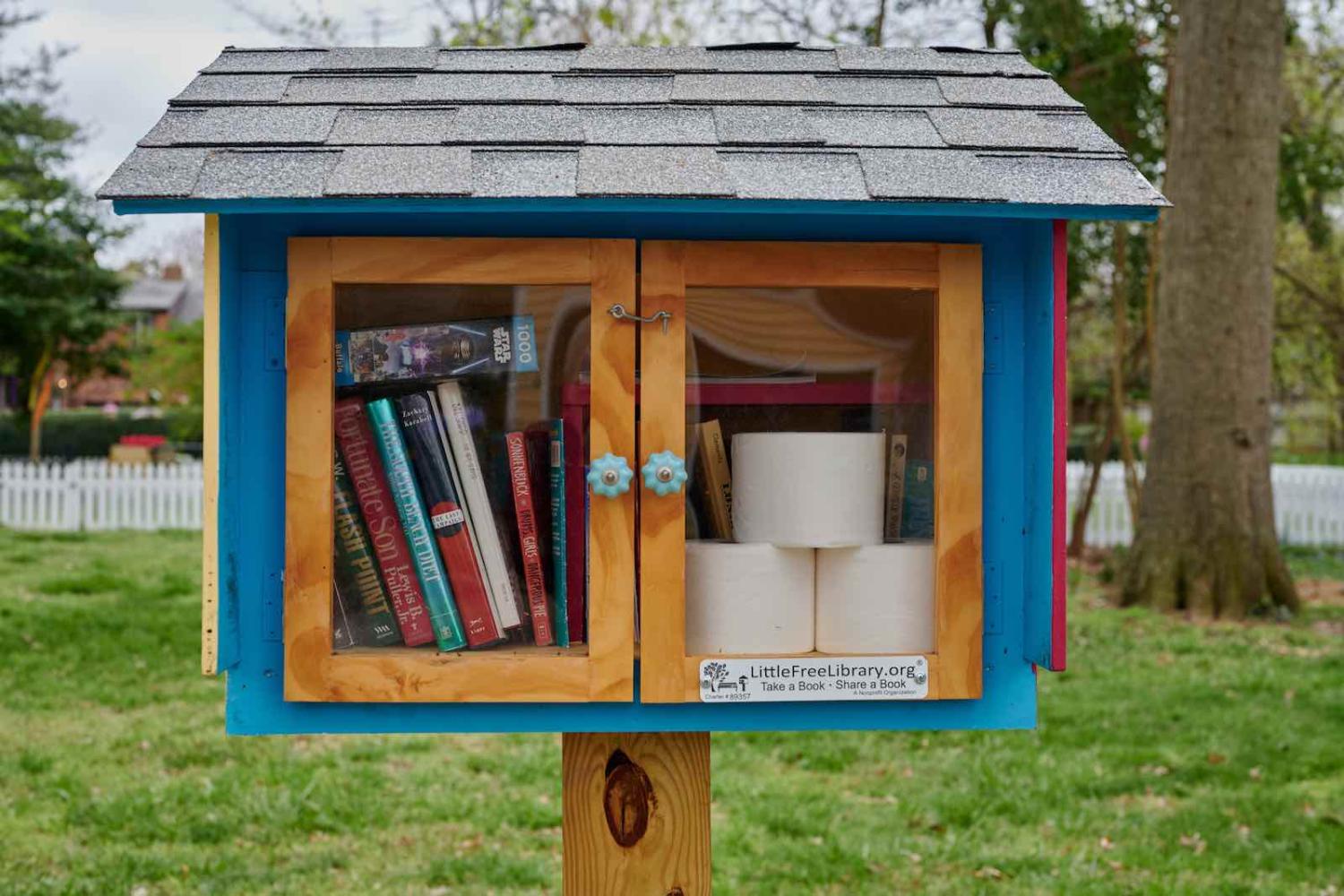We don’t give much thought to a flushing toilet, until the damn thing is broken. The same goes for the footpath that runs out the front of the house. A ribbon of smooth concrete serves as an unconscious guide for our feet, unless it’s cracked and potholed, transforming what is intended as a community service into an obstacle to avoid.
But as the world experiments with lifting the Covid-19 lockdown, we’re being encouraged to think a lot more about the everyday background of constructed items that make up our homes and cities. Little changes in this “built environment” might just keep us healthy, while a major mindset shift could help even more. This isn’t just a challenge for wealthy countries that experienced the early wave after coronavirus spread from China, but for emergent nations, too, with less established infrastructure.
The issues are in rethinking design, operations, maintenance and behaviour, all to ensure that the modern workplace – and hence the broader economy – is not so susceptible to the disruption of disease.
After all, preventing the festering risk of disease was the initial goal of those easily forgotten yet vast and complex sewerage systems that connect the sprawling suburbs with far distant waste treatment plants. Footpaths came about to keep pedestrians safe from the increasing congestion and speed of road traffic. The list goes on. Street lighting, public parks, underground trains, regulations to ensure fire safety standards or stop the use of hazardous materials, and more examples besides, all developed with the ideal of improving safety and the quality of life.
“The history of the built environment is the history of public health,” says Elena Bondareva, a consultant who has worked across the world on projects as varied as office space design to discussions about building science. You could go as far back as the earliest days of human civilization, as Bondareva puts it: “Why do you think we slept in caves, then built up villages? Why were the oldest cities in the world surrounded by walls and watchtowers?”
Now, in this new age when terms such as “social distancing” and “moist breath zone” are part of the vernacular, Bondareva sees the challenge as one where the built environment is at the forefront of reinforcing public health, in a similar fashion to the way construction standards and other measures are recognised as important to mitigating climate change. Bondareva spoke to me from the US, where she works for building science consultants CETEC, after she passed along an article written during the first weeks of lockdown, urging those with expertise in the field to advance a view.

The issues raised have fascinating consequences. A front-page story last week, for example, warned of a $50 billion wipeout of the value of commercial office properties in Australia’s big cities, as companies assess whether to maintain big tower offices or persist with working-from-home measures. Consequent reduced pressure on transport networks – roads and rail alike – would be only one flow-on result. Another report this morning looked at the prospect of more people choosing to shift to regional towns away from Australia’s crowded cities that hug the coastline – and taking their jobs with them.
Not that Bondareva is giving up on the office just yet.
“We’re social creatures. When interacting with others, we’ve evolved to consume some 90% of our information non-verbally – that’s very hard online.” While she is in no doubt there will be change, she doesn’t see a 2021 where people remain in solitary capsules connected by the internet. And besides, so many jobs simply don’t come with an online option.
But the issues are in rethinking design, operations, maintenance and behaviour, all to ensure that the modern workplace – and hence the broader economy – is not so susceptible to the disruption of disease. Shared “hot desks” suddenly seem far less desirable, while a building site might need to slow down to allow different trades the physical space required to safely get the job done.
“There is indisputable science that our spaces define our health,” Bondareva says. “Is there leadership and courage to make change based on these facts – the way we have done throughout history?” She cites past examples such as the introduction of mandatory seat belts as a measure where governments moved beyond voluntary options that private industry might recommend to tackle the road toll. Nor should this be limited to thinking only about coronavirus. Other diseases, such as obesity, diabetes, heart disease and issues related to mental health, can all be exacerbated by the places where we live and work.

There is a major international dimension to such debates, too. The post-Covid world could see the prospect of “leapfrogging” by emerging nations, in much the same manner as the expensive roll-out of copper networks for fixed telephone lines was bypassed by technological advances such as the mobile phone. Attracting labour to Covid-safe workplaces, for example. Regulations for new buildings could minimise the use of materials where coronavirus can linger and spread, for instance, as scientists learn more about what type of surfaces Covid-19 can survive on, and for how long. Or codes could be adopted to change the way air is circulated in a room – whether by the placement of windows, vents or coolers are placed – to limit the mechanics of airborne transmission.
“Frankly, this is where I challenge countries like Australia and the US to stay competitive because of the time lag,” says Bondareva. The adaption need for climate change again offers a guide. “If we need at least a decade to get today’s petrol-powered vehicles off the road, the challenge is ever greater with existing buildings. This gives an immense advantage to regions developing more rapidly. If China was set to open 600 airports faster than an Australian city can get one brownfield district redeveloped, isn’t that an advantage once we put our finger on what precisely – materials, HVAC [Heating, Ventilating, and Air Conditioning], occupancy profiles, building typology – halts infectious disease transmission?”
Keeping the taps running and the power on is no longer enough.

